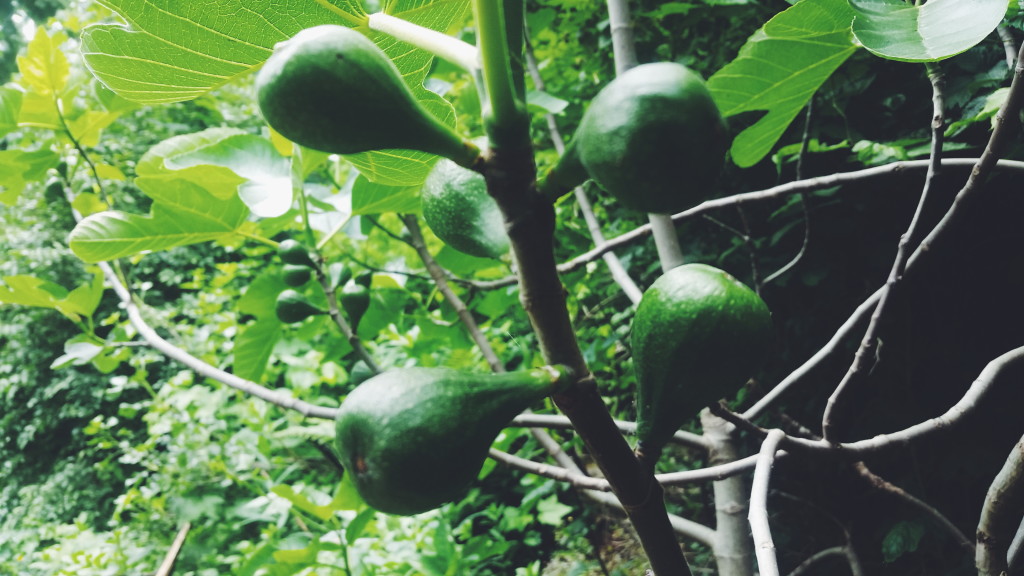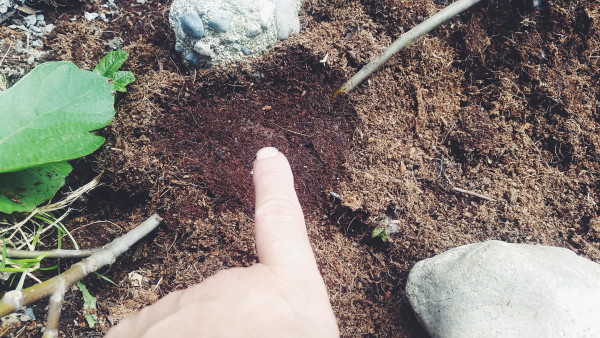Bees, Blog, DIY, Do It Yourself (DIY), Self Sufficient Living, Self- Reliance, Uncategorized
DIY Fig Tree Garden
Do you love growing beautiful or edible plants but don’t want to spend the prices at the nursery? Perhaps there is a variety that you can’t find but you want to preserve and share?
I’m hoping that the information I share in DIY Fig Tree Garden will help you start all sorts of plants and perhaps even inspire you to share them with neighbors and friends.
Some herbs, shrubs and trees can be propagated from seeds, cuttings, or layering. Layering is generally easiest, the procedure begins with covering a portion of the plant stem with a mound of soil. Depending on the plant, it probably wont take long before roots will form on the portion covered by the soil.
In DIY Fig Tree Garden, I use my fig tree as an example in layering to propagate a plant. Figs by nature are somewhat weeping. Their branches will often droop down and they root within a few weeks. The variety I have bears a lot of fruit and it super tasty. I got mine from a cutting given to me by my friend, Sam Bullock.
If you take one of these drooping branches and pin it to the soil with a stone while covering it with soil where it touches down, it will begin to grow roots on the branch. Keep it the soil watered and don’t let it dry out. Here I used a little coco peat salvaged from another project to dust over the soil. Coco peat is a waste product of the coconut industry and does not involved harvesting from the endangered peat moss bogs of the world. Coco peat holds a lot of moisture and will help keep the soil moist during these hot months. Figs like well-drained yet moist conditions.
Use a rock, landscape staple or whatever you choose to hold the branch down in the soil. I like to use a rock since we have them on hand.
After the branch grows a fair amount of roots, you can simply cut it off from the main fig tree and replant it in a new place. It is really that simple.
This new plant can be cut off from the mother plant and planted in a new location. Keep it well watered until it is established and then water accordingly for the specific needs for that plant.
It is really that simple and works with many types of plants.
Here are a few easy ones to get you started:
Climbing Roses
Fig
Forsythia
Honeysuckle
Lilac
Wax Myrtle
Willow
Give this method a try and send us some photos of your attempt. Tell us how it is going in the comments below and share this article with others so they might benefit from the knowledge.










Leave a reply